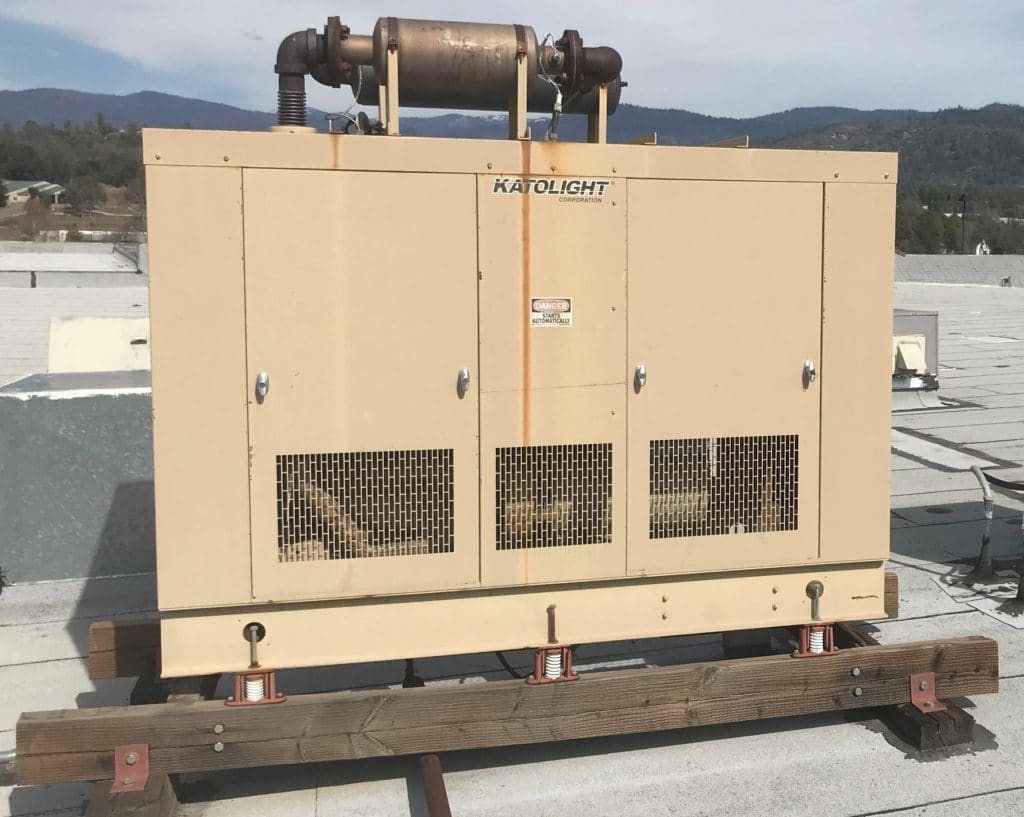As we discussed in a previous post, the most common cause of emergency generator failure is battery issues!
Your emergency generator relies on electric power to start. This electric power is supplied by the generator’s battery. If the battery has failed or lost its charge, your generator will not start!
The Four Most Common Reasons for Battery Failure
Battery failure can be caused by many factors, the most common of which are listed below:
- Loose wiring connections from the battery to the engine – This can be due to incorrect installation, vibration over time, etc.
- Corrosion on the battery terminals – This is caused by a few factors including the release of hydrogen gas from the battery which reacts with the exposed metals.
- Malfunctioning battery charger – Many generators have control units that continuously draw power from the battery. If the battery does not have a charging system or if that system has malfunctioned, the battery will lose its charge.
- Old age – Battery lifespan varies by manufacturer and type but generally they must be replaced every 3 years.
How to Ensure Your Battery is Always Ready
To prevent issues starting your emergency generator, you should implement a regular inspection of your generator’s battery. The inspection typically includes:
- Checking the connections between the battery and the engine for continuity
- Checking for corrosion on the battery terminals
- Monitoring the battery according to manufacturer’s guidelines
- Checking the battery voltage (both under static conditions and with load)
- Replacing the battery before the end of its life cycle (typically every three years)
Take Action
Take action now and implement a preventative maintenance program for your generator and its batteries. If you need help building this program, give us a call and we would be happy to assist you with this!
Also, check out these related posts for more generator maintenance tips:

